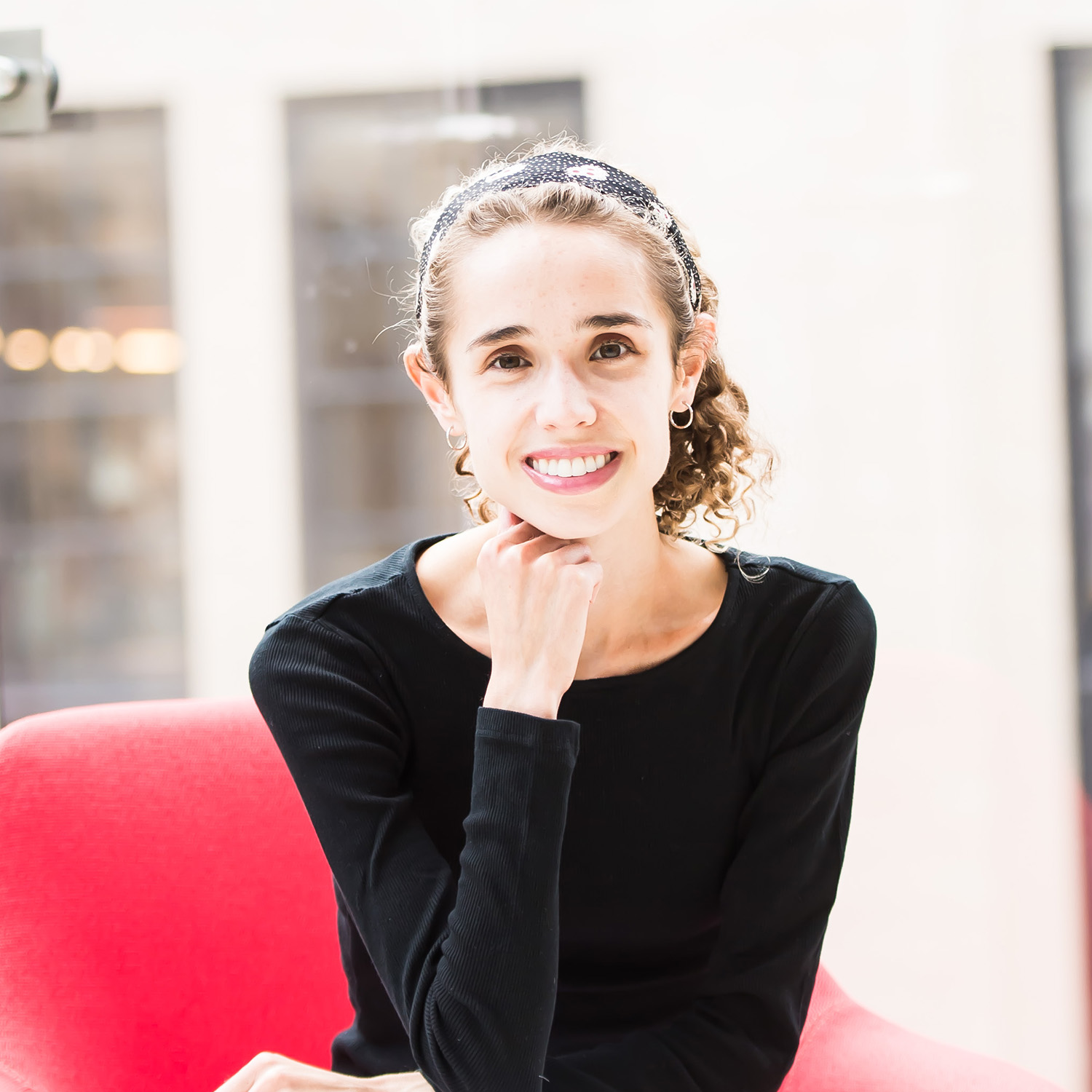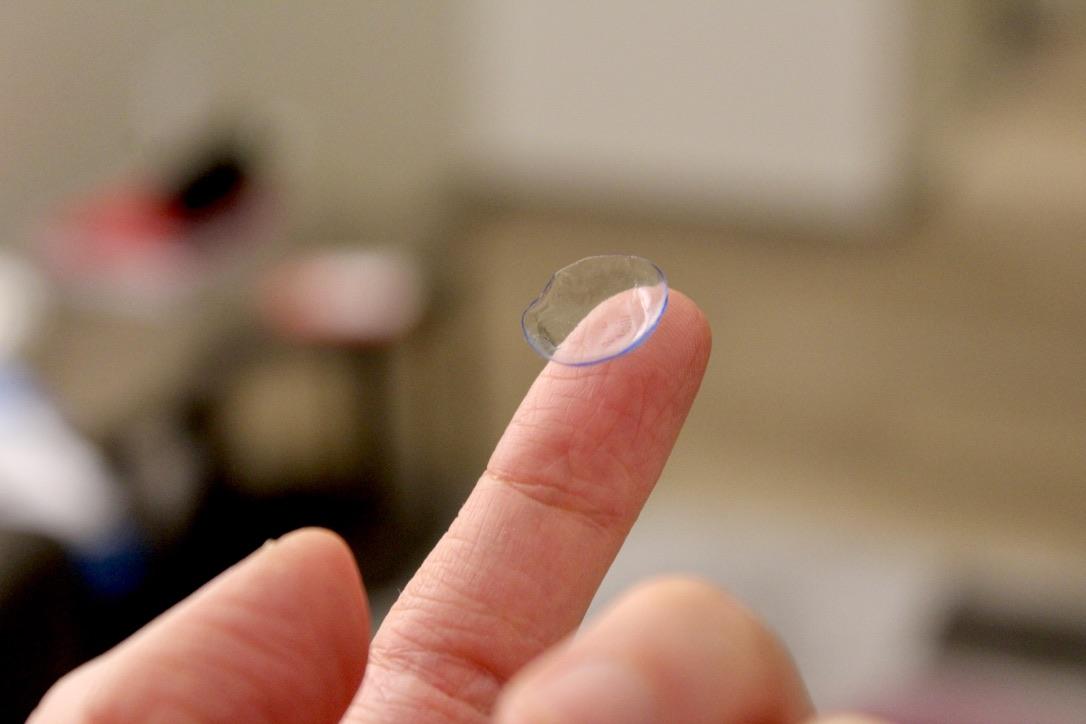
I can see clearly now
Getting contact lenses and defining a research vision
Over the winter break, I got contact lenses for the first time. Putting them in produced an effect like removing a plastic sheet from before my eyes. Every detail, even in the distance, was crisp and clear. When driving, I could read the small print on signs, and in the mirror I saw every pore on my nose from several feet away. The development of my myopia has been gradual (likely due to close reading and coding, the doctor said), and I hadn’t realized that everything could suddenly come into focus.
I started wearing glasses for the first time several months ago, after I noticed that objects in the distance were blurry. Since then, I’d worn my glasses only occasionally, however, since I disliked the bulkiness of the glass and having a screen between my eyes and the world. But with contacts, it’s as if my eyes are naturally able to see both near and far. Wearing contacts has brought about an immediate and substantial improvement to my vision.

The piece of plastic that has brought the world into focus
My research vision, on the other hand, has developed and been refined much more gradually. A research vision can be defined as the overarching goal of what a scholar’s work aims to accomplish. For an atmospheric chemist, for instance, this might be understanding how molecular structure affects atmospheric lifetime, or for a molecular biologist, developing drugs to target cancer cells. A doctoral thesis is composed of multiple chapters that span several different projects and papers, and the research vision ties them together and provides a cohesive narrative. While contacts provided instantaneous clarity for my physical vision, there was no such sudden eureka moment for my research vision.
It’s essential to have the broad end goal in mind in order to initiate and develop research projects. Establishing this vision likely won’t happen all at once, though. Your vision will be shaped by your interests, the specialties of your advisor, and what other researchers and funding agencies have defined as key priorities. The vision will also likely shift as you work on your projects, since you’ll learn more about what is most important to uncover or design.
My advisor has been discussing my research vision with me since our first meeting. We began by discussing my reason for pursuing a PhD and my career plans post-degree. We then talked about my interests and skills, and she introduced me to relevant past work from her group related to my interests (environmental contaminants) and the skills I sought to build (statistical modeling and analysis). From there, I began reading more about the group’s past work and started my coursework.
Throughout the fall, I pursued several different ideas for my first project. At the beginning, I tried to build on the work from a previous post-doctoral researcher in the group, but it wasn’t clear what further analysis I could do with the data. Next, my advisor suggested I investigate the complexation of PFAS (i.e., how the behavior of those synthetic chemicals changes when the PFAS join with salts in water), since the subject matter fits my intended research area. I spent the next several weeks determining the necessary experiments, speaking with other experts, and reading the relevant literature. When I next met with my advisor, though, we determined that the project would veer too far from the intended direction of my thesis. The project would require detailed analytical chemistry experiments in the lab, when I’m instead looking to build and expand my modeling and analysis skills. It was a moment that helped me define my research vision, since I established that I’m seeking to answer questions related to contaminants primarily using computational rather than wet lab experiments. We therefore decided to pivot my project direction, and I returned to the literature to think of other possibilities.
At this point, I was feeling a little lost, and I worried that I was falling off the expected trajectory for my PhD. I had been in the program for about two months, but I still didn’t know what my first project would be. While the other members of my lab group seemed to have clear ideas of their projects and how to move forward (though they are all in their third year or later), I felt that I didn’t even have a topic yet. As I watched them head to the lab to conduct their next experiment or share their latest results in group meeting, I felt far behind, given that I couldn’t even state the general subject of my first project.
Soon, though, my classwork began to play a key role in allowing me to generate ideas, and my lab mates served as a helpful sounding board for my proposals. My organic chemistry class, for instance, taught me about environmental degradation processes like hydrolysis and photolysis. I started thinking of ideas related to contaminants that could be answered using analysis of liquid chromatography mass spectrometry (LCMS) data, an experimental technique my lab group specializes in, and proposed them to my lab mates. Their suggestions and feedback, reflecting their experience in the group, was incredibly valuable. I was also trained to perform LCMS experiments, and I shadowed a lab mate as he used the instrument to perform those experiments. I iterated through multiple ideas and discussed them with my advisor. I eventually settled on a research question related to the degradation of contaminants and LCMS data, and I plan to use machine learning to answer it. I started diving into the project during IAP, and I’ve found that I’m really motivated to continue pursuing it.
Attempting several different directions for my first project felt like a circuitous route, but it allowed me to identify a project that interests me and that I feel will make an important contribution. In attempting several projects along the way, I discovered more about the work I like to do and what I aim for my research to accomplish. I know that my understanding of my research vision will continue to evolve as I dive deeper into my projects and take more courses, yet I at least feel that I have overall guiding aims to direct me. And thanks to my contact lenses, I know I’ll have 20/20 physical vision during the process.
Share this post:
